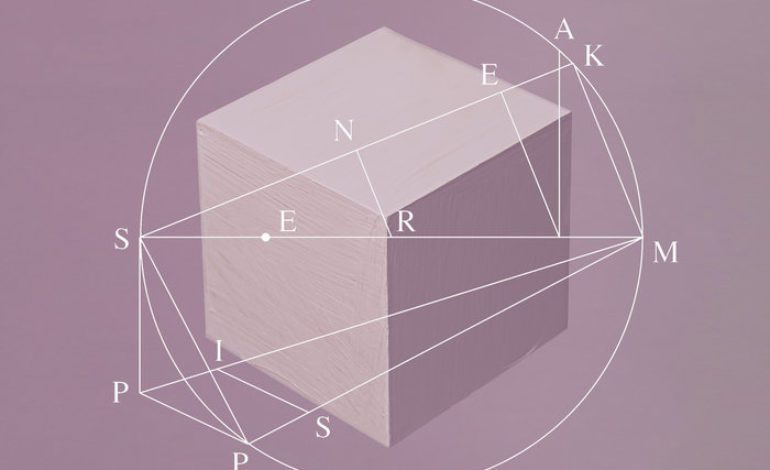

Occasionally interesting, yet inconsistent, return from an extended hiatus
To square a circle is to fit different shapes into a single area, to combine two opposing forces together—usually in vain. This ancient mathematical problem is the basis of Sneaker Pimps’ latest album, Squaring The Circle. Returning from a nearly 20-year hiatus, founding members Liam Howe and Chris Corner have come together to give breather life into their band whose height peaked in the late ’90s, with vocal features from Los Angeles producer and singer Simonne Jones. Squaring The Circle is a powerful ode to interpersonal struggles and triumphs, but it still leaves the listener questioning the groups’ artistic voice.
One of the most prominent parts of Squaring The Circle is its abundance of synthesizers used to create a dark and moody atmosphere throughout. Underscoring this is continual imagery of intense human and worldly destruction—specifically through the lens of space and technology, as a representation of inner struggles. Corner and Jones share their vocal talents with a relatively equal split throughout, each bringing a different character to the music and adding to the thematic content. With its lengthy runtime, however, some tracks accomplish these themes better, both lyrically and sonically, than others.
The first big highlight of the album is “So Far Gone,” opening with soft ambient synths and beautiful backing vocals. In this intro, there’s a gradual shift toward a rhythmically textured synth sound which feels almost like a sunrise, mimicking the opening lyrics. Jones’ sultry vocals overlaid with electronic filters add to the atmosphere of the song, building to a beautifully intense post-chorus.
“Tranquility Trap” is another strong track on the album, this time featuring Corners’ powerful and mournful vocals. The backing sounds of this track elevate Corner’s intense lyrics, with a layered and pitched rhythm section, string tremolos and harp-esque arpeggiations. “Lifeline” is a complete shift in the atmosphere, with an uplifting acoustic guitar and carefree vocals from Jones. However, the dark synths that appear throughout the album are still present, a subtle reminder of the persisting darkness. Finally, the title track is an introspective piano ballade featuring both Jones and Corners on vocals. This ending is a somber and reflective song, reigning in the themes of interpersonal falters and reconnections.
These tracks illustrate Sneaker Pimps’ strengths as a group. For one, the lyrics to these songs are rich and detailed, sounding at times like excerpts of poetry. Additionally, the music creates an engaging and immersive atmosphere with interesting harmonic progressions, such as mixture chords. Thus, songs with a major key can include chordal elements that suddenly hint at a minor mode. In particular, “Lifeline” uses these modal mixtures with great success. These features are stand-outs to the album, showing that the group has it in them to create diverse and interesting music.
But for all its good cuts, there are just as many underwhelming cuts, making this album rather inconsistent. Tracks such as “No Show” and “Stripes” include bizarre samples and scoring choices, and at times even become annoying to listen to. “SOS” features a more laid-back instrumental backing but is significantly weaker lyrically than the rest of the album. Many of the tracks include extended outros, which consist of ambient synths and sporadic melodic fragmentation. In some instances, these outros create an interesting sonic space following the song, but most of the time, it simply makes the album drag on. All these features break the cohesion that Sneaker Pimps presumably strived for within the album.
It is always exciting to see a band return from an extended hiatus, but a lengthy runtime away can present many challenges as a group. It’s clear that Sneaker Pimps’ goal was to head in a different direction from their past discography, especially with the addition of Jones as a key member. However, inconsistencies throughout the album highlight the group’s struggle to find a clear artistic voice. Elements are there, but as a whole, Squaring The Circle fails to create a cohesive thematic atmosphere.
